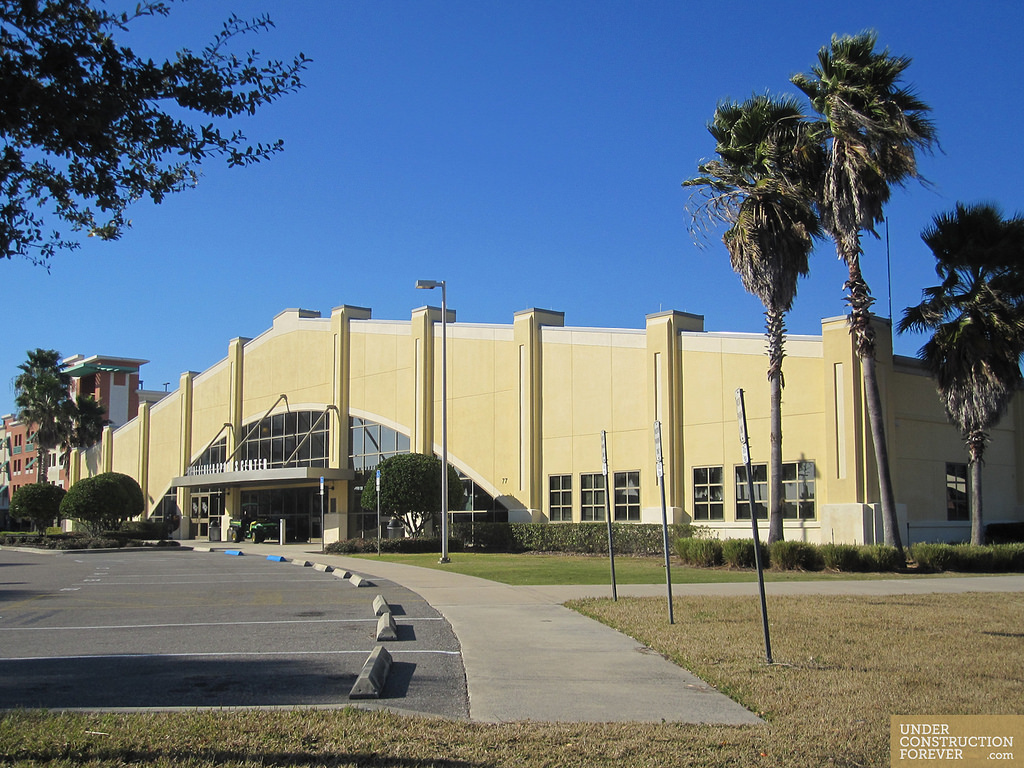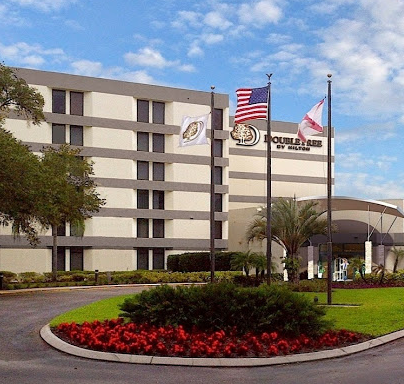Addressing the Future in a World of Change
Association for Learning Environments Symposium
Wednesday, February 22, 2017
9:00 am – 1:00 pm
Wayne Densch Center for Student-Athlete Leadership
4582 N. Orion Blvd., Orlando, FL 32816

REGISTRATION
Members: Free
Non-members: Free
AIA/CEU Credit Available
ACCOMMODATIONS
DoubleTree by Hilton Hotel Orlando East-UCF Area
12125 High Tech Ave, Orlando, FL 32817
Phone: 407.275.9000
Just a short 7-minute walk to the University of Central Florida campus.

| Agenda |
| 9:00am – 9:30am |
Coffee and... |
| 9:00am – 9:30am |
Registration Open |
| 9:30am – 10:00am |
Welcome
Chuck Saylors, President, Southeast Region |
| 10:00am – 11:00am |
Workshops
Session One
BRAIN + SPACE + LEARNING: Empowering Learning for the Innovation Economy
Tomas Jimenez-Eliaeson, LITTLE
What is the relationship between the Brain, Learning and Space? This presentation will introduce the award-winning and ground-breaking Invest Collegiate Charter School in Charlotte, NC (a K-8 school) as an example of how to implement a learning environment that supports Innovation in learning with the brain and body in mind. We will demonstrate the roles that Wellness, Neuroscience, Creativity and Culture-Making play in designing an early childhood teaching and learning environment for the Innovation Economy.
Learning Objectives:
- Demonstrate our new reality; we will be sending kids into an exponentially more creative, innovative and collaborative economy.
- Understand how Neuroscience and learning interact at Invest Collegiate School and how they informed its design.
- Demonstrate the role of Wellness in the creation of a comfortable and optimal learning environment at Invest Collegiate School.
- Share how Invest Collegiate has addressed critical challenges to learning and teaching for the Innovation Economy. Some of these challenges include creating a culture of inquiry, supporting multiple modalities of learning.
Session Two
Raising, Training, and Retaining our 21st Century Workforce
Sean Tracy, AIA, ALEP, CPTED, BRPH
Santiago Fernandez, BRPH
Jose Lugo, AIA, BRPH
Like so many well intended terms, STEM (Science, Technology, Engineering, and Math) and STEAM (Science, Technology, Engineering, Arts, and Math) have become "buzzwords" that are terribly overused while remaining fairly undefined. What does it really mean? How can it help the students, and what impact will it have on our communities? Over the next several decades, advanced manufacturing techniques will continue to profoundly change the work environment throughout the United States and throughout the world, leaving the unskilled workforce even less employable than they already are. The ability of companies to have a source of highly skilled technical labor will be a determining factor in whether they remain where they are, invest in educating and training the people that they need, or relocate. A STEM/STEAM based education provides the foundation for this next generation workforce. It also creates the ability for a locality or region to raise, train, and retain their residents by offering the opportunity to enhance their quality of life, not only for themselves but for their future generations.
Learning Objectives:
- Understand how economic development, quality of life and attracting or keeping companies are directly linked to a foundation in educational opportunity.
- Learn how new advancements in manufacturing are affecting and will continue to dramatically impact the workforce's training and knowledge needs.
- Explore how STEM and STEAM focused curriculum models can be embedded into educational environments at all levels to develop students at all ages for highly technical fields demanded of the next generation workforce.
- Identify how educational environments (K-12 and higher education) are successfully teaming with industry to prepare students to immediately enter an ever-changing world.
|
| 11:00am – 12:00pm |
Workshops
Session Three
Build Better for Education
Carolyn Farley, DIRTT
We will explore how manufactured interior construction solutions speak directly to the
challenges designers face in developing and operating K-12 and higher education facilities.
The advantages of faster project delivery; cost and time savings; quality control; and the
ability to anticipate and address health, safety and welfare concerns all strengthen designers'
ability to create engaging, flexible spaces that extend and strengthen the lifecycle of an
academic building.
Learning Objectives:
- Understand the advantages of manufactured interior construction in terms of faster
project delivery, cost savings, quality control, and HSW.
- Analyze how this construction type mitigates risk on behalf of the owner and the
contractor.
- List the benefits of manufactured construction in terms of life safety, health related
concerns, safer construction sites and healthier interiors.
- Explore the design features of manufactured assemblies from the perspective of
individualization, agility and ability to evolve with educator's needs.
Session Four
Over the Horizon School Safety for Today's Educational Facilities
W. Douglas Fitzgerald, CPP, CHS-III, CFE, Doug Fitzgerald Technology Group
Joe Robinson CPP, Doug Fitzgerald Technology Group
A balanced and proportional approach to facility design that blends architecture, technologies and crisis planning to facility design without losing an environment that fosters positive learning defines a safe and secure school. This workshop will cover current trends and best practices as they relate to school safety and security design, policies and procedures that enhance safe learning and training for staff and educators to deal with incidents before, during and after they might occur.
Learning Objectives:
- Review positive and negative effects that denote function driving form for the layout and operations of educational facilities and campuses.
- Review effects of emergency planning and crisis management to minimize and mitigate against a multitude of risk.
- Openly discuss the adverse effects of being dependent on technology during emergency response to active events.
- Review the required balance between planning, training and staffing to properly prepare staff to respond to emergency events.
|
| 12:00pm – 1:00pm |
Lunch and Closing Remarks
Graciously sponsored by MB Kahn Construction Co., Inc.

|